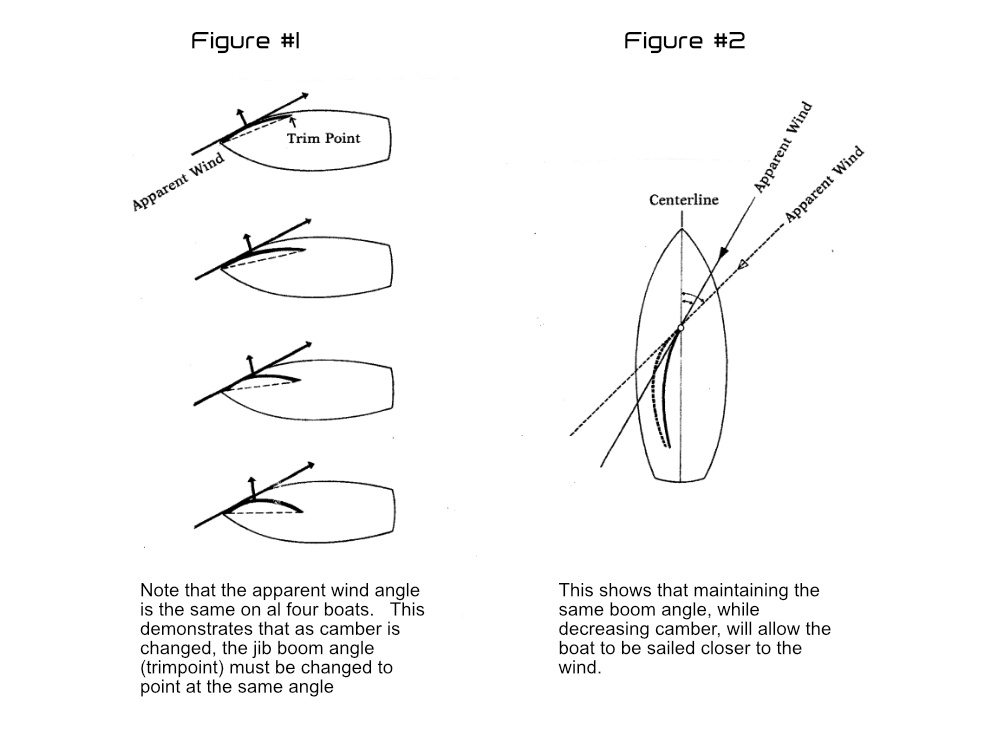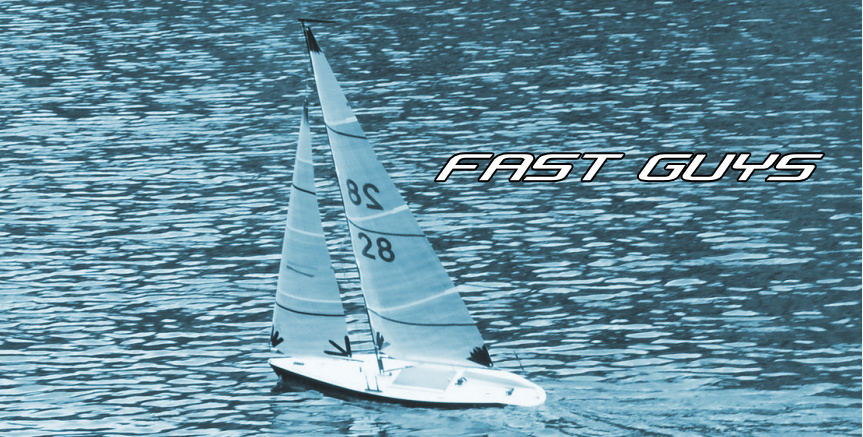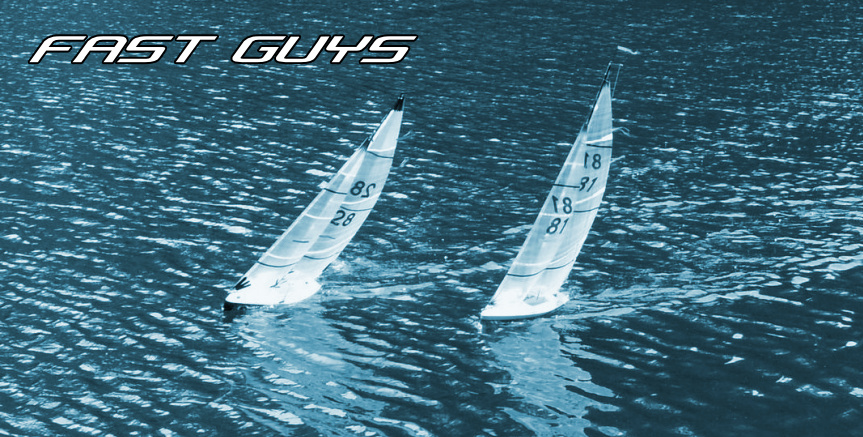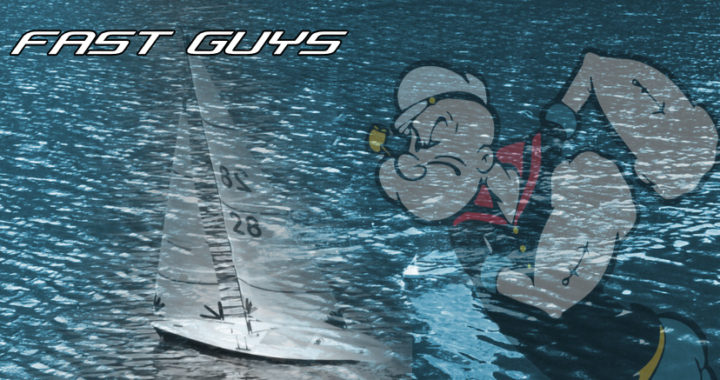HOW TO BECOME A “FAST” GUY
By Bob Szczepanski
Sail Power
Performance sail trim is a science to some skippers and magic to others. This fact is demonstrated every race day. Whether you sail a Victoria and another AMYA class, one design boats with similar sails should be equal, yet vast speed and pointing differences are apparent. The “slow” guys are told to copy how the “fast” guys trim their sails and set up their boats. They are also told to write down settings, count turnbuckle turns and make measurements to form a compendium of known “good” trim settings. This daunting advice is why most of the “slow” guys stay “slow” guys. A much better approach to becoming a “fast” guy is to develop and build on a basic understanding of how sails generate power, to move the boat, and how managing that power translates into sail trim. It is far better to think of sail trim as an exercise in managing power and not in terms of “pulling strings” or repeating settings.
Implications of camber
The foundation of sail trim is understanding the implications of camber and sail power. Easing the foot outhaul, on mains or jibs, increases camber and powers up the sail. Tensioning the foot outhaul reduces camber and depowers the sail. In addition to being a tool for managing the power a sail can generate, camber also determines how high the jib can be sailed going to windward. What this means is flat sails will point higher than fuller sails given the same jib boom angle. This also means that fuller sails need to be sheeted in more to enable higher pointing. Most everyone knows sheeting in more will improve pointing, but in fact, an alternate way, to improve pointing, is to flatten the sail. See Figures 1 and 2.

Trimming for helm balance
“Fast” guy’s boats are set up to be easy to sail to windward. They go fast, point high and require only minimum rudder movements. They accomplish this by effectively managing the power generated in the jib and main. If the boat requires lots of rudder to avoid rounding up into the wind, you have too much helm and it is telling you to power up the jib and/or depower the main. If the boat wants to head down, or has no “feel”, it has too little helm and it is telling you to power up the main and/or depower the jib. If you cannot get the boat to balance (be easy to sail to windward) by managing power, your mast rake needs changing - rake back equals more helm (power aft), rake forward equals less helm (power forward).
Understanding twist
We now know camber is one tool to manage power and understanding the dynamics of twist is another power management tool. Jib twist is controlled on most model yachts by using a topping lift on the jib boom. Mainsail twist is determined by vang tension and mast bend. Reducing twist increases power, while increasing twist reduces power. The jib can be powered up by easing the topping lift, which lowers the jib boom and decreases twist. It is depowered by tensioning the topping lift, which raises the jib boom and increases twist. Twist, in conjunction with camber changes, are the tools to manage jib power. Nominal jib twist, for the wind speed, is achieved when the upper and lower jib telltales flutter in unison. For jibs without tells, nominal twist can be tested by slowly heading into the wind. The jib should begin to luff simultaneously and evenly from head to foot. Too much twist is indicated when the top portion of the jib luffs first. Too little is indicated when the lower portion of the jib luffs first.
Mast bend is the more responsive tool to manage mainsail twist and power. Tensioning the backstay quickly increases twist and decreases power by flattening (reducing camber) of the entire sail, while allowing the leech to twist off. Vang tension can then be used to fine-tune the twist. Power is increased by vang tensioning, which reduces twist, or easing, to increase twist and decrease power. Combined with outhaul (foot camber) adjustments, mainsail power can be managed. It is best to trim for more power in the main than for too little power, but not to the point of causing excessive helm. A mainsail cannot tell you when it has too little camber, but it provides a clear indication of too much. If the main is back winding near the luff, and is fully sheeted in, it is telling you that it has too much camber for the conditions. Reducing foot
camber and perhaps bending the mast is needed to flatten the sail.
“FAST” GUYS
“Fast” guys may not think that when they are making trim changes, or setting up their boats, that they are really managing power, but that’s exactly what they are doing. While there is many more nuances to managing power, if “slow” guys understand and use these basic tools, they can be well on their way to becoming a “fast” guy.

Note that the sails, especially the mainsail are powered up for the light air conditions. The main has deep foot camber and minimum twist. All tells are flowing. Photo by Susan Allen

Contrasting power settings and their importance are apparent. Both boats have their sails set with outhauls eased for deep camber, but #28 has the main and jib set with less twist. Increased power is evident as #28 is heeling more, going faster and pointing higher. Photos by Susan Allen
You can download this Article in PDF format How to become a fast guy
